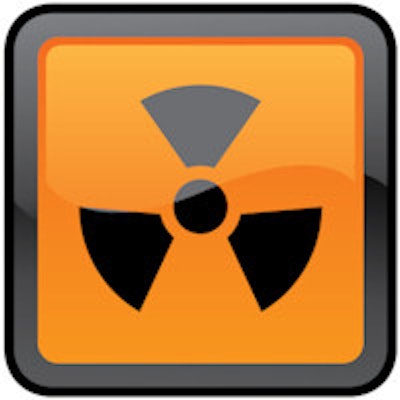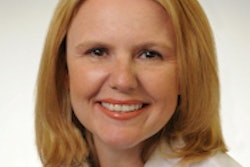
A new op-ed article published on Friday in the New York Times is revisiting the debate over medical radiation and cancer, linking the overuse of CT to rising cancer rates and even death in patients who are scanned.
Titled "We are giving ourselves cancer," the piece was written by two physicians from the University of California, San Francisco: cardiologist Dr. Rita Redberg and radiologist Dr. Rebecca Smith-Bindman. Both have written extensively about the overuse of medical imaging in recent years.
The editorial discusses the rising use of CT over the past 20 years, with one in 10 Americans now undergoing a CT scan each year. This growth has occurred despite a lack of evidence demonstrating that increased use leads to improved patient outcomes, the authors claim.
"This growth is a result of multiple factors, including a desire for early diagnoses, higher quality imaging technology, direct-to-consumer advertising and the financial interests of doctors and imaging centers," Redberg and Smith-Bindman wrote. "CT scanners cost millions of dollars; having made that investment, purchasers are strongly incentivized to use them."
At the same time, the piece points out the well-established link between medical radiation and cancer, such as a 2009 study by the U.S. National Cancer Institute that estimated CT scanning will cause 29,000 additional cancer cases and 14,500 excess deaths over the lifetime of those who are exposed. Redberg and Smith-Bindman state that according to their calculations, 3% to 5% of all future cancers may result from medical imaging.
A major culprit is the lack of guidelines for what constitutes proper radiation dose for medical imaging scans, which has led to wide variation in dose between different institutions, the authors claim.
The medical community can reduce the overuse of medical imaging by avoiding unnecessary scans, and radiation dose delivered by appropriate studies should be minimized, Redberg and Smith-Bindman wrote. The authors also call for more stringent regulation by the U.S. Food and Drug Administration (FDA) and the Joint Commission, such as requirements that hospitals track and take steps to reduce radiation dose as a condition for being accredited to perform CT scans.
Finally, the authors advise consumers to visit the Choosing Wisely website to educate themselves about the most commonly overused tests. Patients should ask whether CT scans will lead to better outcomes, and whether alternatives without radiation are available.
"Neither doctors nor patients want to return to the days before CT scans," Redberg and Smith-Bindman concluded. "But we need to find ways to use them without killing people in the process."
The editorial is already drawing criticism within radiology, however, as evidenced by a series of posts in the AuntMinnie.com Forums. Some decried the editorial for ignoring the role of "defensive medicine" in driving imaging utilization, as physicians order potentially unnecessary scans to avoid malpractice litigation, a problem that tort reform would possibly solve.
Others claim the authors ignored the role of other physician specialties in ordering imaging scans that radiologists are expected to perform -- an ironic omission considering Redberg's status as a cardiologist.
"Seems appropriate that a cardiologist is leading the charge to raise awareness of cancer risk from excessive radiation," wrote one poster. "After all, is there any routine diagnostic procedure that exposes a patient to more excessive radiation than a cardiac cath, where patients sometimes receive such high doses that they actually have radiation burns on their skin?"




















